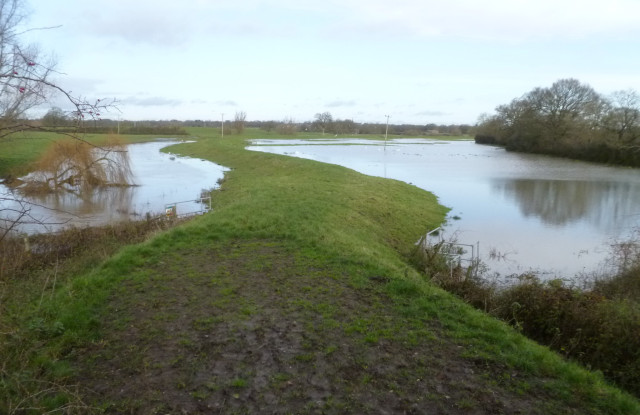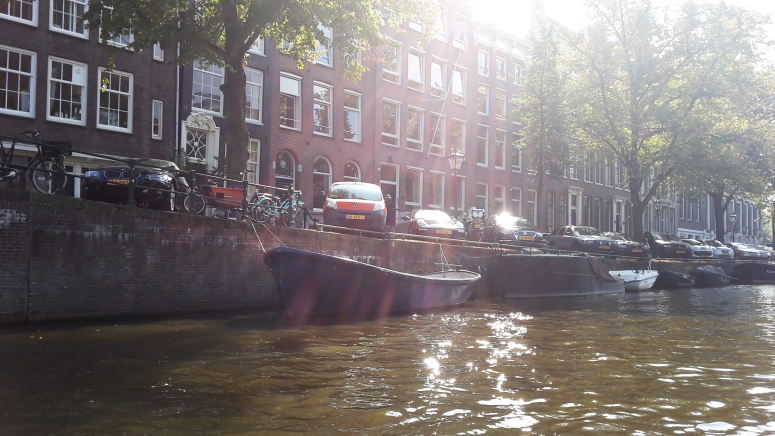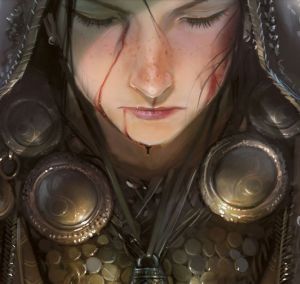“Time to move on, time to get going. What lies ahead, I have no way of knowing. But under my feet, baby, grass is growing.” – Tom Petty
 Justine Leonhardt. British Columbia. 2006. JPEG.
Justine Leonhardt. British Columbia. 2006. JPEG.
Most people think of airports as a kind of purgatory, the ultimate of in-between states. There are lines of people that stretch out to god knows where, precious goods dumped into zooming bins surveyed by a sceptical eye, the impatient travellers lined up for Zone 1 that surely belong in Zone 2 or Zone 3. There is the watchful eye of the passengers that sit across from you, staring blankly at the screen that reads out the destination and watching as the time slowly ticks back, a flight delayed.
It may not be a common sentiment, but as long as I’ve flown I’ve had affection for airports. I can’t pinpoint what the feeling is connected too exactly. It can’t be the duty free shops, or the 10-minute walk to a drinkable cup of coffee, but there is a strange, disarming pleasure in an airport. There are those who are going away on long-anticipated trips, and some who are merely travelling back to their home or an old one; and others who are leaving an old life behind, packing one bag and taking flight for a world that is still, by and large, unknown.
Like fiction and art, there is an in-between state that can only exist between the uncertainty of the ground and the vastness of the sky, the unmistakable feeling of coming and going, from what and into what one does not really know. As the statistics go, airplane travel is relatively safe, but it is the absence of solid ground that feels so destabilizing, so limitless and terrifying. Dreaming of the sky and the ground that lies at its defined end, it feels as though neither world is real, the one we are reaching towards and the one we are most certainly departing. An airplane is a thing meant to go down after all.
In fiction, and particularly in book series’ that work to define the beginnings and ends of life, there is an in-between state that is captured as an author or character continues to live, setting down one time and picking up another. In John Updike’s Rabbit tetralogy, Elena Ferrante’s Neapolitan novels and Karl Ove Knausgaard’s My Struggle series, life is defined as a series of moments. Outside of the fertilization of the egg and the eventual death of the body, few proper beginnings and ends are defined in life, yet works of fiction – and the state of leaving the ground – can give a life some semblance of definition.
Like writing to capture a specific time in life or getting on a plane, the in-between is a way of deciding which way to go, enabling us to decide on a new beginning. Yet, without getting on a plane, without lift-off – that odd, strange, insightful purgatory – it is difficult to find a proper end or beginning. It may be unpleasant, and sometimes strange, but wherever we go, the grass will grow.
Advertisements Share this:




